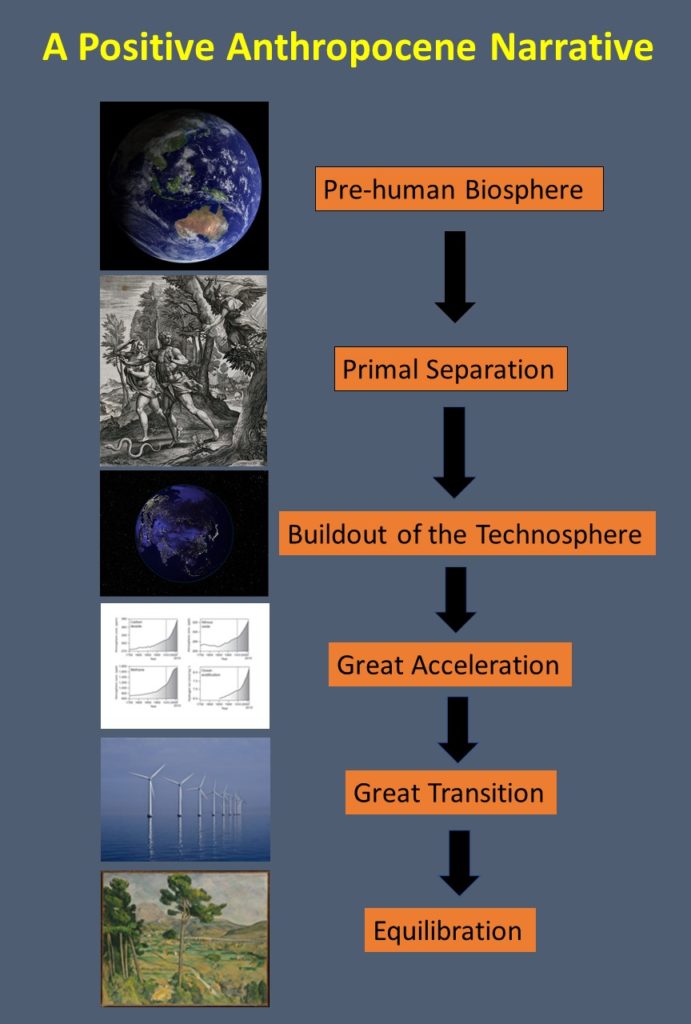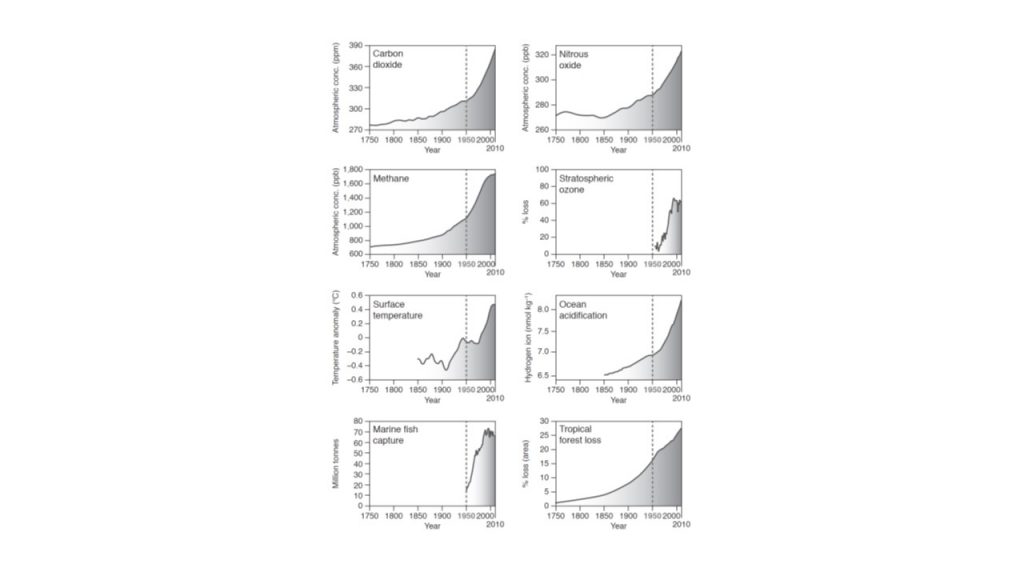David P. Turner / June 20, 2023
The universe is vast, and appears to be order-friendly. Astrobiologists ̶ who study the phenomenon of life in the universe ̶ have thus concluded that life has likely arisen spontaneously on many planets. The recurrent emergence of intelligent life by way of natural processes is also considered plausible.
Although astronomers began looking for signs of life and intelligence elsewhere in the universe in the 1960s (e.g. with radio telescopes), they have not as yet found a signal.
That we expect planets inhabited by intelligent creatures to be plentiful, but have not encountered any, is referred to as the Fermi Paradox. The explanation may lie simply in the vast distances involved relative to the speed of light and how long we have been looking. However, this silence also raises a question about possible factors that could constrain the development of exoplanetary, advanced-technology, civilizations.
Astrobiologists have designated the constellation of factors that could prevent the evolution of a civilization capable of interstellar communication as “The Great Filter”. The supposition here is that there are many crucial steps along the way, and only rarely would they all fall into place. Some of the crucial roadblocks are the origin of life in the first place, the biological evolution of complex multicellular organisms, and the cultural evolution of technologically advanced societies.
To help us think about patterns in planetary evolution, astrobiologists refer to the possibility of technospheres as well as biospheres. A biosphere comes into existence on a planet when the summed biogeochemical effects of all living organisms begins to significantly affect the global environment (e.g. the oxygenation of Earth’s atmosphere around 2.5 billion years ago). A technosphere comes into existence when the summed biogeochemical effects of all the material artifacts generated by a highly evolved (probably self-aware) biological species begins to affect the global environment (e.g. the recent boost in the CO2 concentration of Earth’s atmosphere). Like a biosphere, a technosphere maintains a throughput of energy (such as fossil fuel) to power its metabolism, and a throughput of materials (e.g. minerals and wood) to maintain and grow its mass.
Earth’s biosphere has existed for billions of years and operates in a way that its influence on the global environment tends to keep the planet habitable (the Gaia Hypothesis). Reconciling this mode of operation with Darwinian evolution is controversial, but Earth system scientists have proposed that components of the biosphere (i.e. guilds of organisms that perform particular biogeochemical cycling functions) have been gradually configured and reconfigured (by chance in combination with persistence of favorable states) into a planetary biogeochemical cycling system with sufficient negative feedback processes to maintain the habitability of the planet.
In contrast to the biosphere, Earth’s technosphere exploded into existence quite recently and has grown wildly since its inception. Few negative feedbacks to its growth have yet evolved. Possible causes for truncated efforts towards a long-lived technosphere include factors such as apocalyptic warfare (a nuclear winter), pandemics, AI related take downs, and environmental degradation. Any of these could qualify as the Great Filter.
The most obvious problem with technosphere evolution on Earth appears to be the momentum of its early growth. A Great Acceleration of technosphere growth, as seen on Earth in the last 100 years, is perhaps common in the course of technosphere evolution. On a finite planet, exponential growth must end as some point, and a Great Transition must be made. This transition is to a state that thrives even in a world of biophysical limits. Given the quasi-autonomous nature of a technosphere, conscious reining in and redesign of technosphere metabolism may be necessary.
The key impact of overexuberant technosphere growth on Earth is rapid global climate change induced by greenhouse gas emissions. A continued high level of these emissions could trigger a cascade of positive feedback mechanisms within the climate system that drive the global environment to a state fatal to the technosphere itself. That process may turn out to be the distinctive manifestation of the Great Filter on Earth.
The transition to a mature (sustainable) technosphere on Earth will require 1) recognizing the danger of rapid environmental change, 2) understanding what must be done to redesign the technosphere, and 3) organizing collectively (globally) to carry out a program of change.
Earth system scientists have gotten quite good at simulating the causes and consequences of global climate change. Thus, the scientific community recognizes the danger of uncontrolled technosphere growth and understands what must be done to avoid a climate change catastrophe.
But deliberately pushing our current technosphere through the sustainability phase of the Great Filter will require the difficult political work (within and between nations) of changing values and better organizing ourselves at the global scale.
If humanity does ever encounter extra-terrestrial intelligence, I imagine that it will stimulate global solidarity in an “us vs. them” context, and perhaps strengthen our willingness to work together on issues of global sustainability and defense.
As long as we do not encounter extra-terrestrial intelligence, we must face the enormous moral responsibility to conserve and cultivate our biosphere and technosphere as possibly unique, hence supremely valuable, cosmic experiments.








